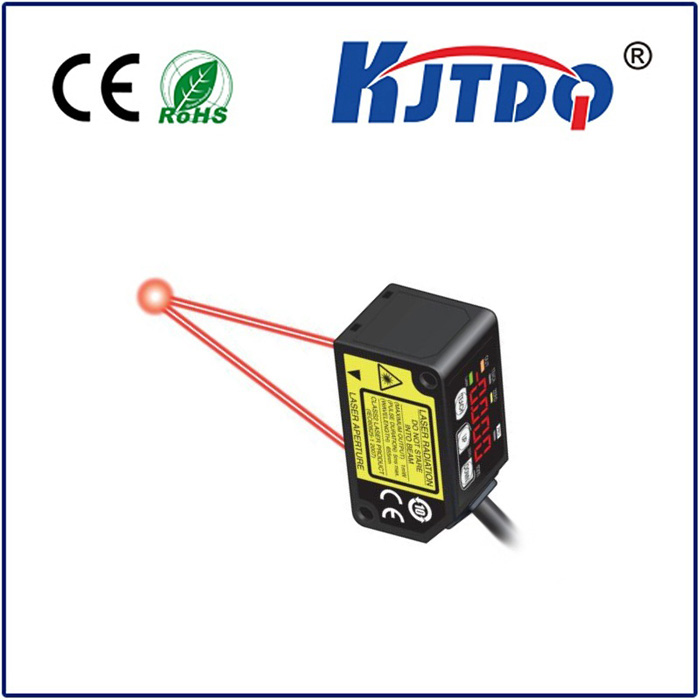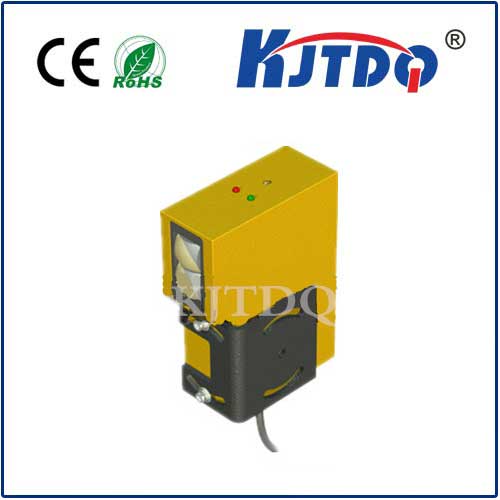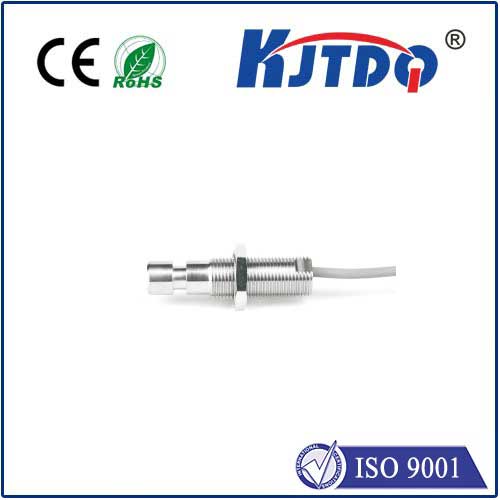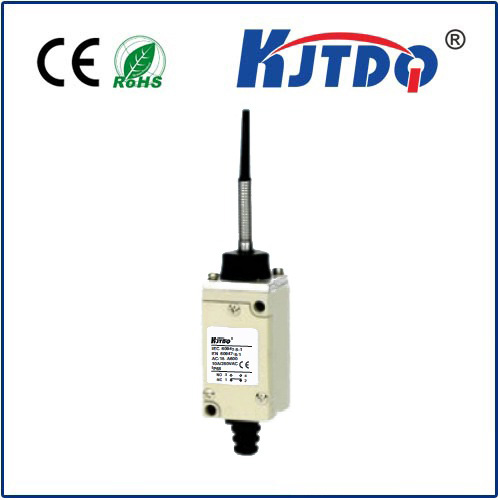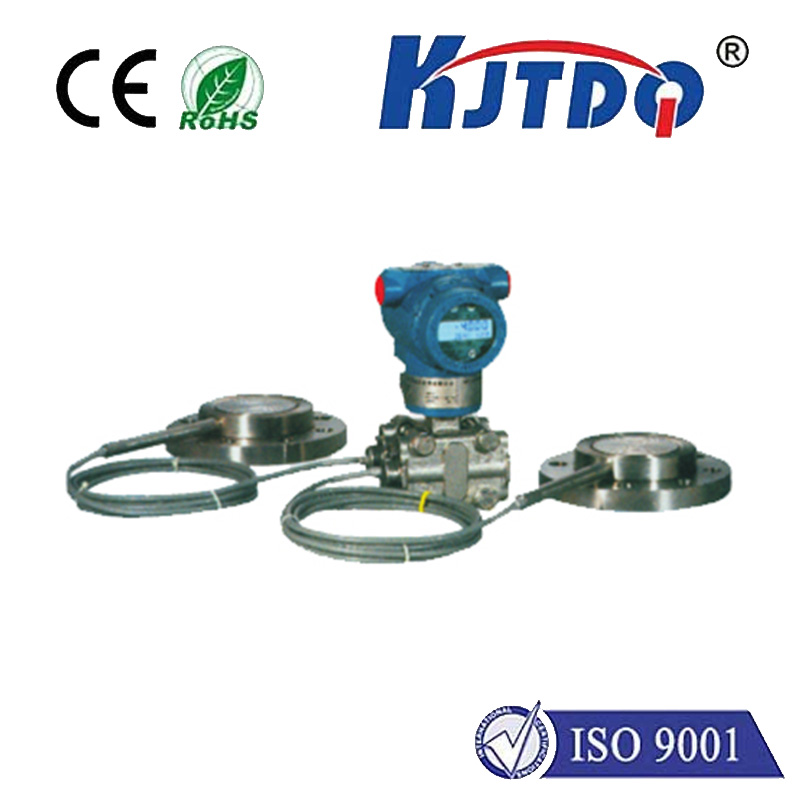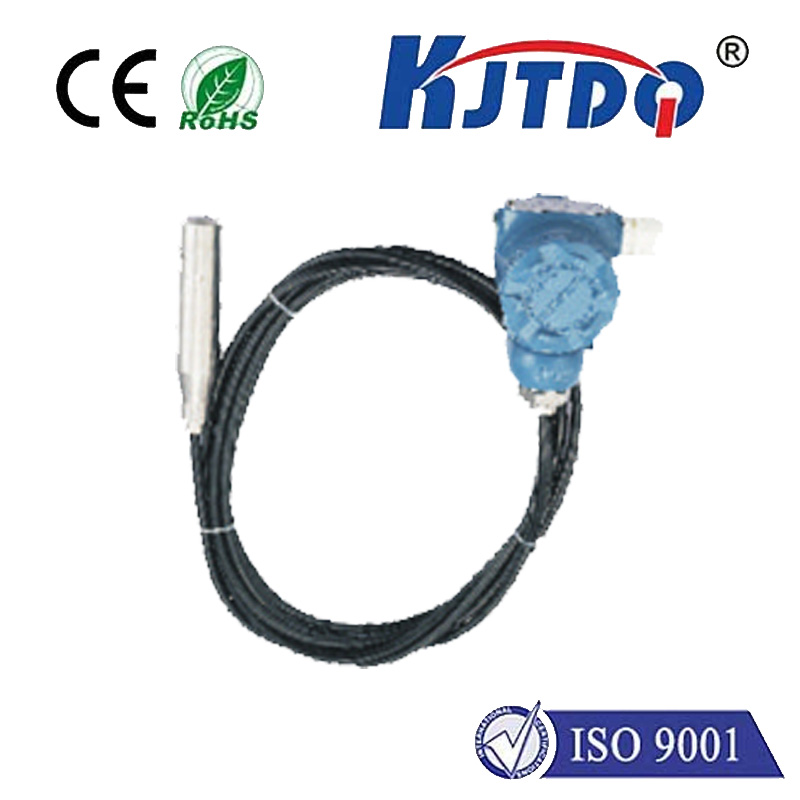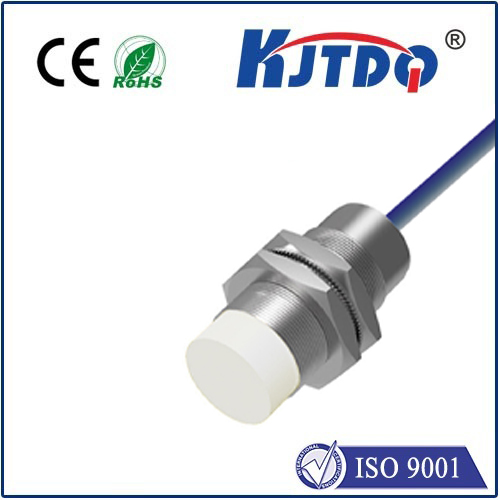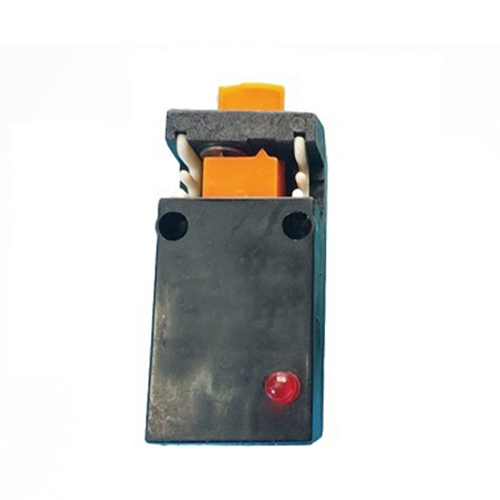fs50 series photoelectric sensor
- time:2025-09-12 00:31:47
- Click:0
FS50 Series Photoelectric Sensors: Small Size, Massive Automation Impact
In today’s fast-paced industrial landscape, efficiency, reliability, and space optimization aren’t just desirable; they’re essential. Automation forms the backbone of modern manufacturing, logistics, and material handling, and at the heart of countless automated processes lies a critical component: the photoelectric sensor. Detecting objects reliably, regardless of color, material, or surface texture, is fundamental. When space is constrained but performance is non-negotiable, the FS50 Series photoelectric sensor emerges as a standout solution. This compact powerhouse redefines expectations for size, versatility, and dependability in object detection.
What are Photoelectric Sensors and Why Do They Matter?
Photoelectric sensors operate on a simple yet powerful principle: they use light to detect the presence, absence, distance, or position of objects. A light emitter (typically an LED) sends out a beam, and a receiver detects changes in this emitted light – either its intensity (diminished when an object blocks it) or its presence (reflected back from the object or a reflector). These changes trigger an output signal in the sensor. Photoelectric sensors are indispensable in automation for tasks like counting, positioning, level control, quality verification, and ensuring machine safety. Their ability to work without physical contact makes them faster and less prone to wear than mechanical switches.
The FS50 Series: Engineered for Compact Excellence

The FS50 Series distinguishes itself primarily through its remarkably small footprint without sacrificing core performance features. This compact photoelectric sensor series is designed specifically for applications where real estate on machinery or within equipment is severely limited. Let’s delve into its defining characteristics:
- Ultra-Compact Housing: The defining feature is its tiny 30 mm x 15 mm x 15 mm (WxHxD) housing. This miniature size allows installation in locations previously inaccessible to standard sensors, enabling engineers to design sleeker machines and retrofit sensors into tight spaces on existing equipment.
- Versatile Optical Designs: Flexibility is key. The FS50 Series typically offers major sensing modes:
- Through-Beam (Opposed Mode): Consisting of separate emitter and receiver units. The object is detected when it interrupts the beam between them. This mode offers the longest sensing ranges and highest immunity to challenging environmental conditions like dust or target color variations.
- Retro-Reflective Mode: Uses a single sensor unit and a reflector. The object is detected when it blocks the reflected light beam. This simplifies wiring compared to through-beam while still offering good range. Many models incorporate polarization filters to reliably ignore shiny objects that might otherwise reflect light directly back, causing false triggers.
- Diffuse Mode (Proximity): The sensor contains both emitter and receiver. It detects the object by the light reflecting directly off its surface. Range is shorter and performance can be influenced by the object’s color and reflectivity, but it only requires mounting one unit. Advanced models often feature background suppression (BGS) or foreground suppression (FGS). BGS creates an adjustable “sensing window” to ignore objects beyond a set distance (ideal for detecting objects on a conveyor belt and ignoring the background). FGS ignores very close objects or the sensor’s own mounting bracket.
- Light Spot Options: Models are frequently available with pinpoint light spots. This concentrated beam allows precise detection of small objects or targets within tight tolerances, preventing detection errors caused by stray light or nearby objects.
- Robust Construction: Despite their size, these sensors are built tough for industrial environments. Expect features like:
- High IP Ratings (e.g., IP67/IP69K): Ensuring resistance to dust ingress and protection against high-pressure water jets, making them suitable for washdown applications in food and beverage or pharmaceutical industries.
- Rugged Housing Materials: Often constructed from resilient plastics or stainless steel variants for corrosion resistance.
- Stable Operation: Designed to withstand vibration and minor impacts common on the factory floor.
- Reliable Electrical Characteristics: Offering standard PNP or NPN switching outputs (NO/NC configurable), compatibility with common automation voltages (10-30V DC), and short-circuit/overload protection. The Bright/Dark switching option allows choosing whether the output activates when light is received (bright) or blocked (dark), providing application flexibility. Fast response times are crucial for high-speed applications.
- Visual Indicators: Bright LED status indicators (power and output) provide instant visual feedback for setup, troubleshooting, and operational monitoring.
Where the FS50 Series Excels: Real-World Applications
The combination of tiny size, robust design, and sensing versatility makes the FS50 Series photoelectric sensor ideal for a vast array of challenging industrial tasks:
- Tight-Space Machinery: Robotic arms, miniature assembly stations, small conveyors, packaging machinery, and medical equipment where every millimeter counts.
- Precision Object Detection: Counting or positioning small components like electronic chips, vials, pills, or fasteners using pinpoint light spot models.
- Conveyor Systems: Detecting boxes, packages, or products on conveyors, especially where mounting space on the frame is minimal. Background suppression (BGS) models excel here.
- Material Handling: Verifying part presence in grippers, trays, or pallets.
- Level Detection: Monitoring fill levels of small containers or bins.
- Food and Beverage/Packaging: Excellent for detecting transparent films, bottles, or labels. The high IP69K rating (where available) ensures compatibility with stringent hygiene and washdown requirements.
- Electronics Manufacturing: Precise component detection on PCBs and in automated test equipment.
- Replacing Mechanical Switches: Upgrading applications requiring contactless, high-speed, and reliable detection.
Solving Common Automation Challenges with the FS50
The FS50 Series directly addresses several frequent pain points in automation:
- Space Constraints: Its ultra-compact design is the primary solution for installations where traditional sensors simply won’t fit.
- Reliable Detection of Small/Difficult Targets: Pinpoint light spots and advanced optics (Polarized Retro-Reflective, BGS/FGS) enable dependable detection of tiny objects, transparent materials (like glass or clear plastic), shiny surfaces, or targets against complex backgrounds.
- Harsh Environments: High IP67/IP69K protection ensures reliable operation even in dirty, dusty, or wet conditions, including washdown areas.
- Reduced Downtime & Maintenance: Contactless sensing eliminates mechanical wear, and robust construction minimizes failures. The clear visual indicators speed up diagnostics.
- Simplified System Design: The small size allows for more elegant machine designs and easier integration into tight spaces, potentially reducing overall equipment size and cost.
Choosing the Right FS50 Sensor for Your Application
Selecting the optimal FS50 photoelectric sensor involves key considerations:
- Sensing Mode Needed: Is through-beam (max range/reliability), retro-reflective (simpler wiring), or diffuse mode (single-unit mounting) best? Does the application demand background suppression (BGS) or foreground suppression (FGS) for reliable detection against specific backgrounds






